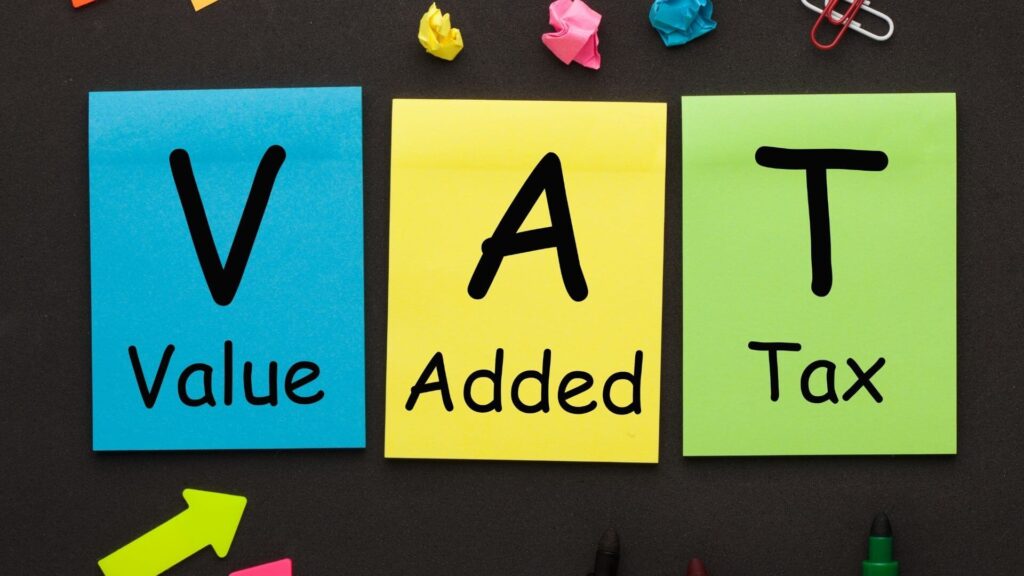Carrying out business in Europe could prove to be complex and difficult if you don’t have a basic understanding of how businesses operate in Europe, and the VAT rates that come with it. After all, over 170 countries worldwide including all European countries have implemented a VAT on goods and services – though VAT rates vary across all EU (European Union) countries.
What is a VAT?
A “VAT” or “value-added tax” is a consumption tax on goods and services that is assessed and analyzed at each individual stage of the supply chain where value is added. For example, each stage of production, from the initial creation and assembly of a product to the point of sale can be taxed. The amount of VAT the user pays is based on the cost of the product minus any costs of materials in the product that have already been taxed at a previous stage.
If you’re already confused, the basic understanding you need to know is; Value-added tax or VAT, is added to a product at every point of the supply chain where value is added to it.
What is the Need for VAT?
VAT is different from other taxes – such as progressive income tax, which imposes more taxes on wealthy companies/businesses. VAT is based on consumption rather than income, therefore VAT ensures equal charges on every purchase, though there is a concern regarding low-income consumers. European Union countries resulted in reduced rates and some minor exceptions as low-income households spend a large chunk of their income on food and public transportation.
A Brief History
The original six European Union countries were using different forms of indirect multi-stage taxation (output value), which made accurately taxing a product or service a difficult procedure. Oftentimes, EU countries would subsidize their exports by (purposely or accidentally) overestimating the refundable taxes on exportation. A new tax system was required which ensured a neutral tax system and allowed calculated and exact amounts of tax to be paid back at the point of export. This is now called a value-added tax.
Example VAT Rates Among EU Countries (% of Standard Rate):
Updated as of January 2022.
- Austria – 20%
- Belgium – 21%
- Bulgaria – 20%
- Croatia – 25%
- Denmark – 25%
- France – 20%
- Germany – 19%
- Greece – 24%
- Ireland – 23%
- Italy – 22%
- Netherlands – 21%
- Poland – 23%
- Portugal – 23%
- Spain – 21%
- United Kingdom – 20%
By law, the standard VAT rate must be 15% while the reduced rate is at least 5% (strictly for supplies of goods and services).
Want to Sell in the EU? Get an IOSS Number
The IOSS or “Important One-Stop Shop” is an electronic business portal that allows suppliers selling imported goods to buyers in the EU to collect, declare, and pay the VAT to the appropriate tax authorities (instead of making the buyer directly pay the VAT at the moment the goods are imported into the EU). An IOSS number is required for businesses and marketplaces in countries like the United States and Canada in order to sell goods in the EU.
Conclusions
Now, you have an understanding of how the VAT system works in the EU and what to expect when looking to sell and expand into the European market. Though there is much more information to cover regarding VAT complications and IOSS policies (which we’ll accurately go through in another blog), you have the essential knowledge you need in order to make an informed decision on expansion into new EU markets.





